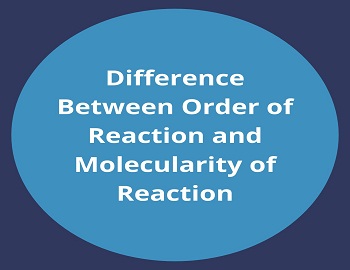J.J. Thomson’s Model:
Rutherford’s experiment of radioactivity proved the fact that an atom consists of positively and negatively charged particles. The question arose of the equilibrium of the atoms. Thomson suggested that the atom was spherical in shape. The whole mass of the atom was evenly distributed and the positive charge was distributed all over the mass. The electrons with negative charge were embedded within the atom as shown in the figure. The whole positive charge of the atom was equal to the total charge of the electrons. The atom was like a plum pudding. The electrons oscillate or vibrate about their mean positions.

The main features of the Thomson Model were:
(1) It gives a mechanism for the emission of electromagnetic waves. The electromagnetic waves were supposed to be emitted by the oscillating electrons in the atom.
(2) It explained the emission of electrons by heating as thermions and in the photoelectric effect.
(3) It provided an elastic hard model required for the kinetic theory of gases.









Comments (No)